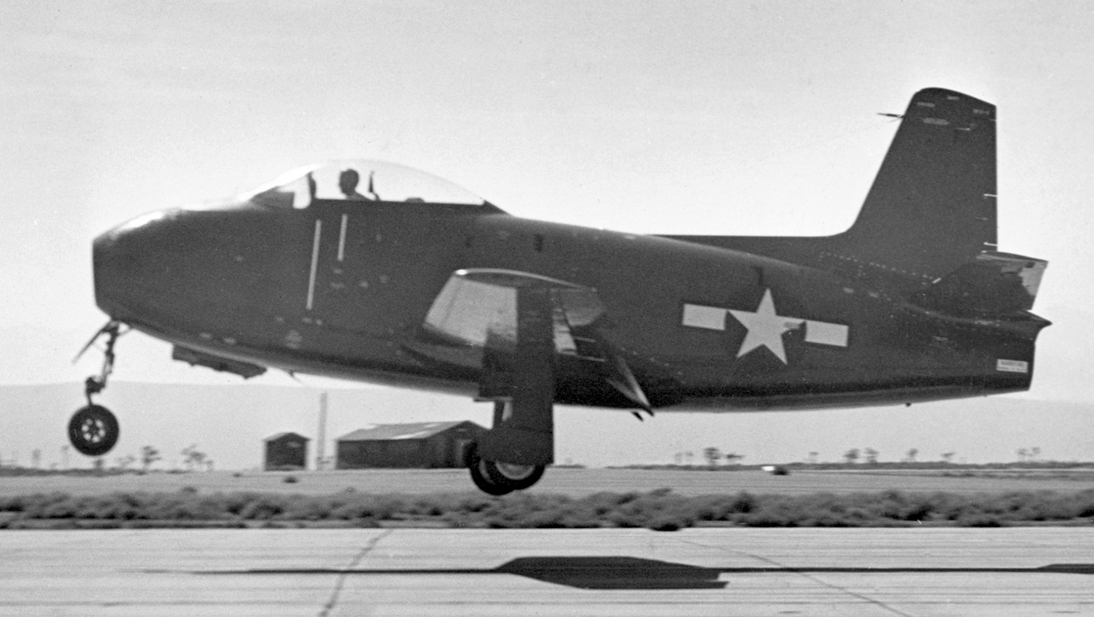

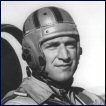
Six months, fifteen days earlier, Lien had made the first flight of the prototype Republic XP-84.)
The XFJ-1 was a turbojet-powered day fighter designed for operation from the United States Navy’s aircraft carriers. It was a single-place, single-engine, low-wing monoplane with retractable tricycle landing gear. The airplane’s wings and tail surfaces were very similar to those of North American’s legendary P-51 Mustang.
Although intended for carriers, the FJ-1 did not have folding wings to reduce its “footprint” when stored on the hangar deck. It did have an interesting feature, though: The nose gear assembly was capable of “kneeling,” putting the airplane in a nose-low, tail-high attitude, allowing Furies to be placed very close together when parked nose-to-tail.
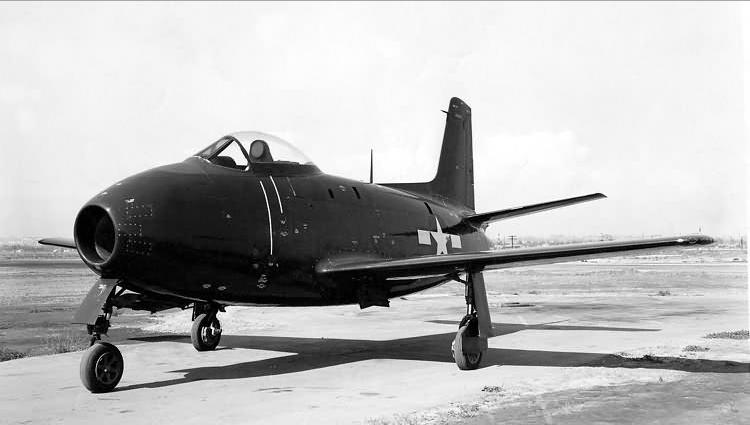
The XFJ-1 Fury was 34 feet, 6–3/16 inches (10.520 meters) long, with a wingspan of 38 feet, 2–9/32 inches (11.640 meters), and overall height of 14 feet, 10½ inches (4.534 meters). With the jettisonable wingtip fuel tanks installed, the wingspan was 40 feet, 11-3/8 inches 12.481( meters). The leading edge of each wing was swept aft 3° 40′. The total wing area was 274.88 square feet (25.54 square meters). The wings had an angle of incidence of 1° with 2° 30′ of negative twist. There was 3° dihedral. The horizontal stabilizer had a span of 17 feet, 7 inches (5.539 meters), with an angle of incidence of –1° and 10° dihedral. The vertical fin had 0° offset from the fuselage centerline.
The XFJ-1 had an empty weight of 9,009 pounds (4,086 kilograms) and gross weight of 12,288 pounds (5,574 kilograms).
The XFJ-1 was powered by a prototype General Electric TG-180 (J35-GE-2) axial-flow turbojet engine. The J35-GE-2 used an 11-stage compressor, 8 combustion chambers, and a single-stage turbine. It was rated at 3,750 pounds of thrust (16.68 kilonewtons) at 7,700 r.p.m. The engine was 14 feet, 0 inches (4.267 meters) long, 40 inches (1.016 meters) in diameter, and weighed 2,455 pounds (1,114 kilograms). Production engines were built by Allison (J35-A-5 and -A-7) and by Chevrolet (J35-C-3).
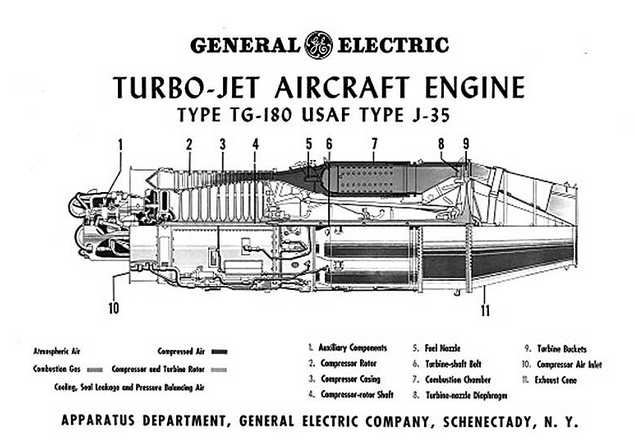
The production FJ-1 Fury was limited to a maximum speed of 415 knots (478 miles per hour/769 kilometers per hour), and when above 10,000 feet (3,048 meters), to 0.75 Mach. The service ceiling was 32,000 feet (9,754 meters).
The FJ-1 Fury had three self-sealing fuel tanks in the fuselage totaling 465 gallons (1,760 liters). The wingtip tanks had a capacity of 170 gallons (644 liters), each. The total capacity was 805 U.S. gallons (3,047 liters) of JF-1 kerosene.
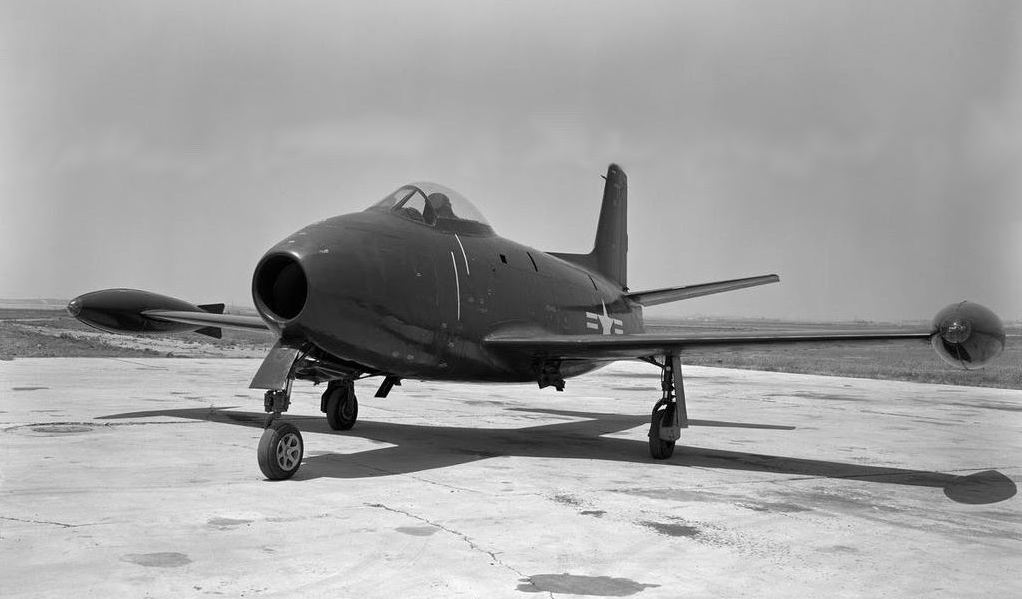
The XFJ-1 Fury was armed with six air-cooled Browning .50-caliber machine guns, with 250 rounds of ammunition per gun.
North American Aviation built three XFJ-1 prototypes and thirty production FJ-1 Fury fighters. The aircraft underwent a major redesign to become the XP-86 Sabre for the U.S. Air Force, and the FJ-2 Fury for the Navy and Marine Corps.
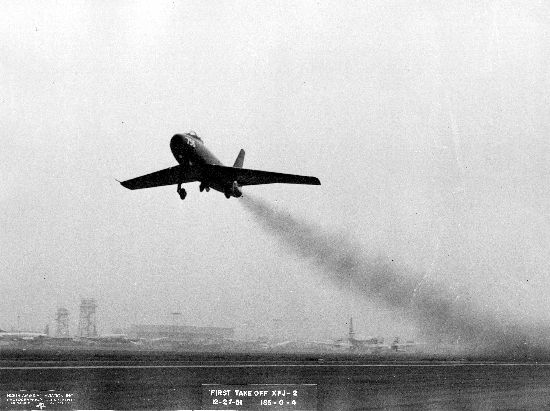
Wallace Addison Lien was born 13 August 1915, at Alkabo, North Dakota. He was the second of six children of Olaf Paulson Lien, a Norwegian immigrant and well contractor, and Elma Laura Richardson Lien.
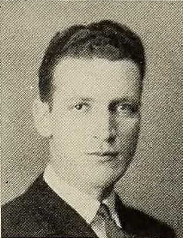
Wally Lien graduated from the University of Minnesota Institute of Technology 17 June 1939 with a Bachelor’s Degree in Mechanical Engineering (B.M.E.). He was a president of the Pi Tau Sigma (ΠΤΣ) fraternity, a member of the university’s cooperative book store board, and a member of the American Society of Mechanical Engineers (A.S.M.E.). He later studied at the California Institute of Technology (CalTech) at Pasadena, California, and earned a master’s degree in aeronautical engineering.
Lien worked as a an engineer at a steel sheet mill in Pennsylvania. He enlisted in the the United States Army at Pittsburgh, Pennsylvania, 18 February 1941. He was accepted as an aviation cadet at Will Rogers Field, Oklahoma City, Oklahoma, 11 November 1941. 26 years old, Lien was 6 feet, 2 inches (1.88 meters) tall and weighed 174 pounds (79 kilograms).
During World War II, Lien remained in the United States, where he served as a test pilot at Wright Field, Dayton, Ohio. He conducted flight tests of the Bell YP-59A Airacomet and the Lockheed XP-80 Shooting Star. Having reached the rank of Major, he left the Air Corps, 16 February 1946. He then went to work for the Republic Aviation Corporation as a test pilot, and North American Aviation.
Wallace Addison Lien married Miss Idella Muir at Elizabeth, New Jersey, 26 December 1946. They would have two sons, Robert and Steven.
Wallace Addison Lien died 28 October 1994 at Colorado Springs, Colorado, at the age of 79 years. He was buried at the Shrine of Remembrance Veterans Honor Court, Colorado Springs, Colorado.
¹ Sources very, with some stating 12 September or 27 November 1946.
© 2018, Bryan R. Swopes